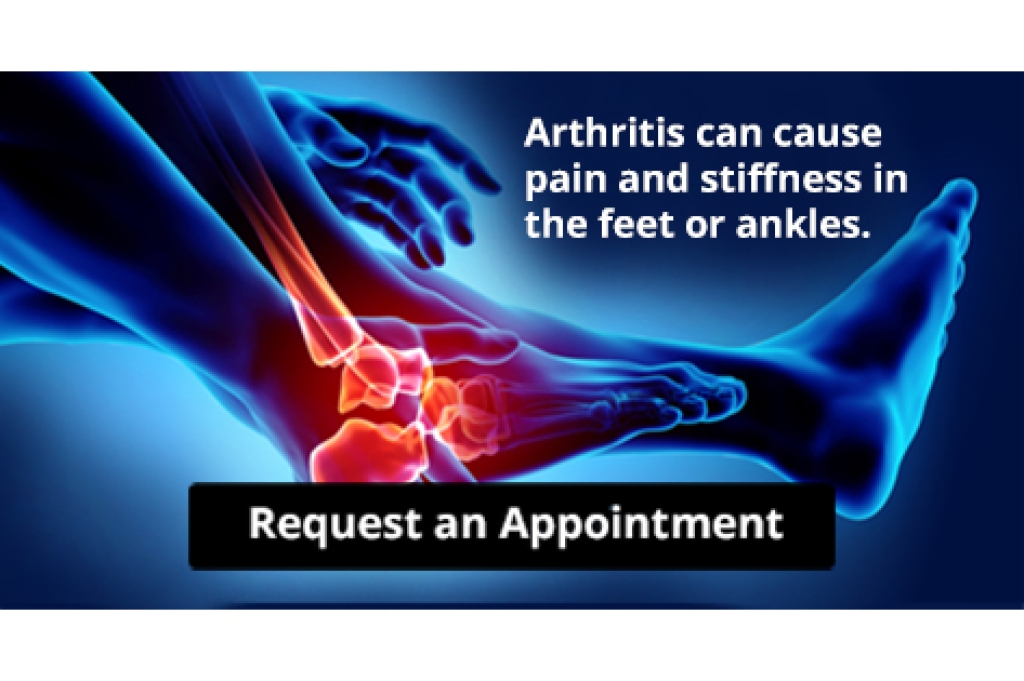
Arthritis in the midfoot, a condition marked by inflammation of the joints, can significantly impact one's mobility and overall foot health. This form of arthritis affects the intricate network of joints connecting the tarsal bones in the middle of the foot. The condition often manifests as pain, swelling, and stiffness, hindering the natural range of motion. As the cartilage that cushions the joints wears down over time, the bones may rub against each other, exacerbating discomfort. Causes of midfoot arthritis vary and include age-related wear and tear, previous injuries, or underlying conditions such as rheumatoid arthritis. Understanding the definition of midfoot arthritis is pivotal for early detection and intervention. By recognizing the causes and symptoms, individuals can work with chiropodists to develop personalized strategies that alleviate pain and preserve the functionality of this part of the foot. If you have pain in your foot, it is suggested that you contact a chiropodist who can accurately diagnose midfoot arthritis, and offer appropriate treatment options.
Osteoarthritis in the feet or ankles can be a painful and disabling condition that may interfere with your daily activities. If you have arthritis, please consult with one of the chiropodists from The Footcare Centre. Our chiropodists will assess your condition and provide you with quality foot and ankle treatment.
What Is Osteoarthritis?
Osteoarthritis is a condition in which the protective layer of cartilage in the joints breaks down over time. This loss of cartilage causes the bones to rub together during movement, leading to pain and inflammation. Osteoarthritis is associated with aging, and often affects the small joints of the feet and ankles.
Symptoms
Symptoms of osteoarthritis include:
- Joint pain
- Joint stiffness
- Swelling in or around the joint
- Restricted range of motion
- Difficulty walking
Diagnosis
Osteoarthritis can be diagnosed through physical examination. You may also need to have an X-ray taken to assess the extent of the damage caused by arthritis.
Treatment
Treatment for osteoarthritis focuses on reducing symptoms and improving the function of the affected joints. Conservative treatments include oral pain medications, orthotic devices, bracing or immobilizing the affected foot or ankle, steroid injections into the affected joint to reduce inflammation, and physical therapy. In more severe cases, surgery may be necessary.
If you have any questions, please feel free to contact our office located in . We offer the newest diagnostic and treatment technologies for all your foot care needs




